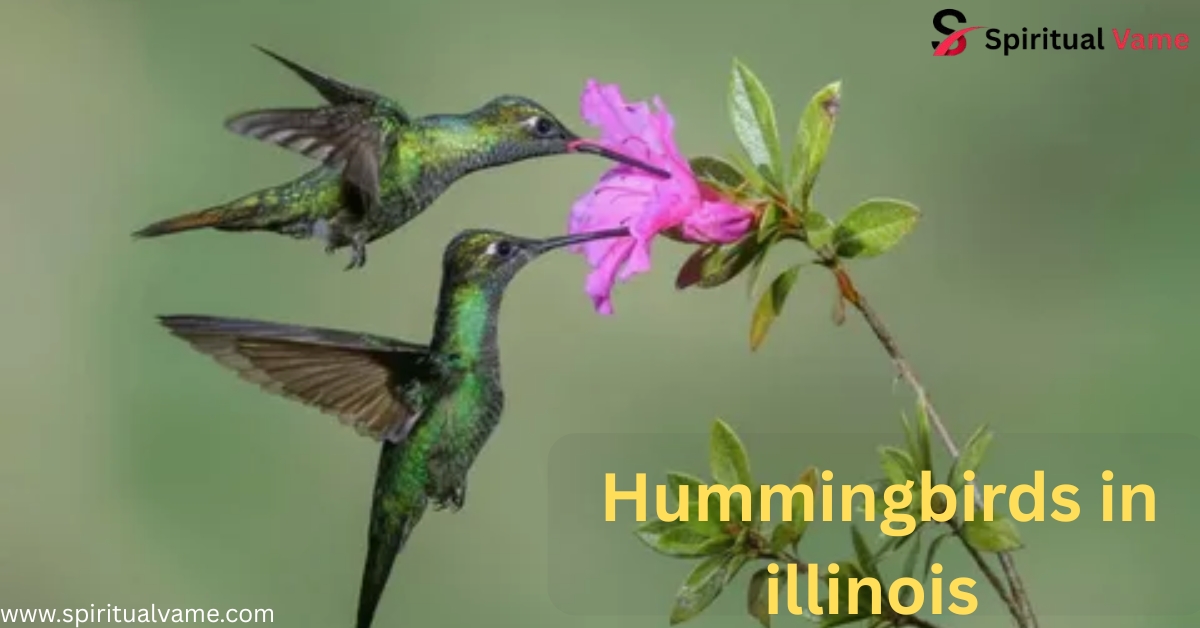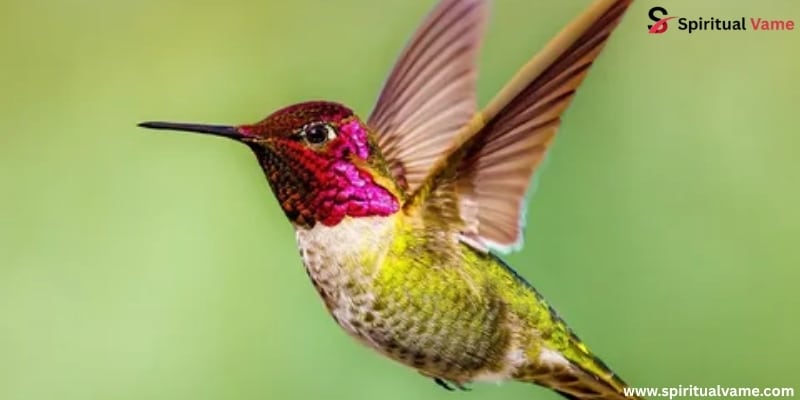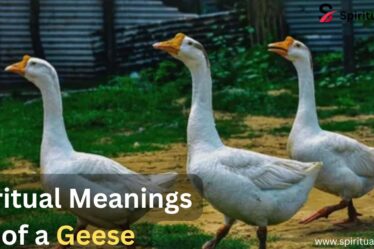
Hummingbirds in Illinois are a true sign that spring has arrived. These tiny birds, with fast wings and bright colors, bring energy and life to gardens across the state. From April to October, people spot hummingbirds in Illinois feeding on flowers and visiting backyard feeders. They love sweet nectar and need it to fuel their long flights. You can see them in parks, nature reserves, or even outside your window. Watching hummingbirds in Illinois hover, chirp, and zip around is a real treat. With the right plants and feeders, you can invite them to stay. Let’s explore where to find them and how to attract them all season long.
1. Ruby-Throated Hummingbird
The ruby-throated hummingbird (Archilochus colubris) is the most common and widespread species in Illinois. This bird, easily recognized by its bright emerald feathers and the male’s glowing ruby-red throat patch, migrates thousands of miles from Central America every spring. In fact, some fly over 500 miles nonstop across the Gulf of Mexico just to reach their breeding grounds. They typically arrive in Illinois in early to mid-April and stay through October.
These hummingbirds love gardens, woodland edges, and urban areas with plenty of nectar-rich flowers like bee balm, columbine, and salvia. They also rely on sugar water feeders, which should be filled with a 4:1 water-to-sugar ratio solution and cleaned every few days. The ruby-throated hummingbird is fiercely territorial, often engaging in mid-air battles over feeders or flower patches. Its hovering and agile flight abilities, paired with its constant chirping and buzzing, make it an unforgettable sight in any Illinois backyard.
2. Black-Chinned Hummingbird
The black-chinned hummingbird (Archilochus alexandri) is far less common in Illinois but has been sighted occasionally, especially during migration. These birds are more often found in the Southwest U.S., but reports in southern and central Illinois have increased in recent years, especially from local birdwatchers and groups like Badgerland Birding and Hummingbird Central.
Males have a black throat with a shimmering violet band, while females show more subtle coloring. They’re drawn to salvia, honeysuckle, and phlox, and, like other hummingbirds, they hunt tiny insects and spiders for protein. Their call is a sharp, squeaky chirp, and they’re known for being slightly less aggressive than ruby-throated hummingbirds. If you’re lucky enough to spot one, grab your binoculars—they may not stay long before continuing their journey toward breeding grounds farther west.

3. Rufous Hummingbird
Known for its fiery orange feathers, the rufous hummingbird (Selasphorus rufus) is a hardy traveler. It breeds in Oregon, Washington, and Alaska, then migrates through the Rocky Mountains, with some venturing into Illinois during spring and fall. These birds are famous for their long-distance migration—one of the longest in proportion to body size of any bird. They’ve even been spotted overwintering in the Southeast U.S., including Illinois.
Rufous hummingbirds are highly territorial and won’t hesitate to chase off other birds from feeders. Males have a brilliant copper color, while females are greener with orange flanks. They enjoy trumpet vine, asters, and butterfly bush. You’ll often hear their trills and buzzing sounds as they zip by. Sightings are rare but increasing, especially during fall migration.
4. Anna’s Hummingbird
Though native to California and the Pacific Northwest, Anna’s hummingbirds (Calypte anna) have been slowly expanding their range eastward. A few have been documented in Illinois, especially during winter months when these birds stray from their usual territory. Thanks to warming climates and backyard feeders, they’re now appearing in places like New Mexico, Colorado, and yes—Illinois.
The male Anna’s sports a stunning rose-pink throat and crown, with females being more modest in appearance. These birds are known for their aggressive courtship displays—spiraling dives accompanied by loud chirping. If you’re planting for Anna’s, include milkweed, pink powderpuff, and foxglove. Feeders filled with Electro Nectar or a simple sugar water mix may also attract them during colder months when natural nectar is scarce.

Where to look for Hummingbirds in Illinois
You can find hummingbirds in Illinois across a variety of natural and urban environments. Start your search in southern Illinois by early April, and follow their movement north through central and northern Illinois, including Chicago and the Rockford area, as spring progresses. Forest preserves, state parks, and even city gardens become buzzing with activity, especially near flowering shrubs, perennials, and open fields.
Prime spots include the Forest Preserve District of Will County, nature centers run by the Illinois Department of Natural Resources, and birding trails around Northern Illinois University. Watch for sudden flashes of color, and listen closely for chipping, buzzing, and the soft humming of wings. Hummingbirds often perch between feedings, so scan tree branches and shrubbery carefully.
Create a Backyard Oasis
Turning your yard into a hummingbird paradise takes thoughtful planning. Start by planting native flowers such as bee balm, columbine, trumpet vine, salvia, and phlox. These species produce more nectar and bloom from spring through fall. Add a mix of shrubs and perennials for year-round structure and shelter. Avoid pesticides, as hummingbirds feed on hoverflies, insects, and spiders, which are crucial for their diet.
Place feeders near flowers but in shaded spots to prevent fermentation and reduce bee activity. Clean feeders every 2–3 days, especially in warm weather, to prevent mold and fermentation. Use sugar water made with 4 parts water to 1 part white sugar—no dyes needed. The combination of natural nectar and clean feeders will encourage repeat visits from your tiny guests.

Visit Botanical Gardens
Illinois is home to several botanical gardens that serve as hummingbird havens. The Chicago Botanic Garden boasts over 385 acres of cultivated plants, many of which attract migrating and breeding hummingbirds. Paths lined with impatiens, foxglove, and butterfly bush provide excellent viewing opportunities during spring and summer.
Another favorite is the Morton Arboretum in Lisle, where perennials and flowering shrubs bloom throughout the warm seasons. These well-maintained areas not only support hummingbirds but educate visitors on conservation, habitat preservation, and pollinator health. Be sure to bring your binoculars, and keep your eyes peeled near the flower beds and water features.
Explore Nature Reserves and Parks
For a more rugged experience, head to Illinois’ many state parks and nature reserves. Places like Starved Rock State Park, Shawnee National Forest, and Midewin National Tallgrass Prairie offer diverse landscapes where hummingbirds thrive. In these areas, they forage among wild milkweed, asters, and native vines while nesting in secluded trees and shrubs.
Early mornings and late afternoons are ideal for spotting them in action. Use birding apps or check with local groups like Wild Bird Scoop or Avibirds.com for recent sighting reports. Whether you’re an experienced birder or just starting out, the combination of hiking trails, scenic views, and the occasional flash of green and red from a hummingbird makes these spots well worth a visit.

Conclusion
Watching hummingbirds in Illinois is a rewarding way to connect with nature. From the familiar ruby-throated hummingbird to rare visitors like the rufous or Anna’s hummingbird, these birds bring excitement and beauty to parks, gardens, and even city balconies. Whether you’re planting flowers, hanging a feeder, or exploring state parks, you’re helping create habitats that support not only hummingbirds but also a broader range of pollinators and wildlife.
As climate patterns shift and migration routes evolve, every sighting becomes more special. With a little effort, your backyard or local green space can become a vital rest stop on a hummingbird’s 4,000-mile journey. So, grab your binoculars, mix some sugar water, and get ready for one of the most dazzling shows in nature.



